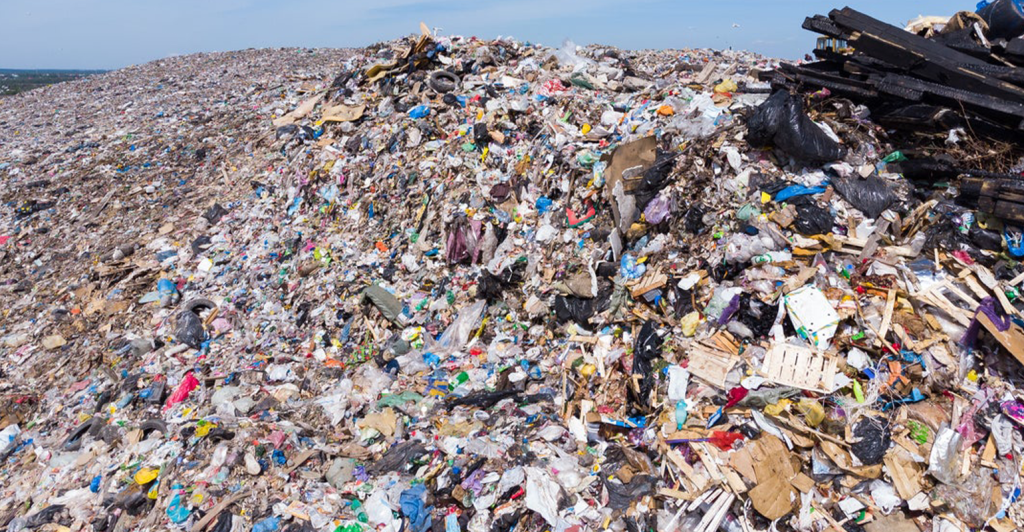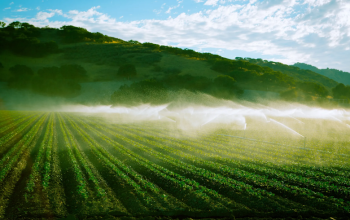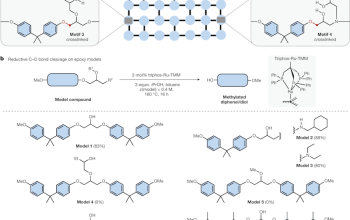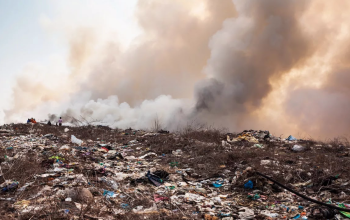There is a great deal more with them than meets the eye and nose. Simply put, the landfill is a construction that has been meticulously designed and constructed into and on top of ground. This structure is being used to store waste and maintain its separation from surrounding areas. These are not intended to decompose waste, but rather to bury it. This was because landfills contain very little moisture and oxygen, preventing waste from decomposing rapidly. These are essential because they prevent pollution of the surrounding environment, particularly the groundwater, by waste.
The Top 6 Types Of Landfill Are:
1. Sanitary Dumping Sites
The sanitary landfill is the pit with the protected bottom that employs clay liner to segregate the waste from the environment. The rubbish was buried down in layers & crushed to make it solid in form of landfill. Sanitary landfills utilize technology to contain the garbage and prevent discharge of potentially dangerous substances. The fundamental purpose of sanitary landfill is to guarantee garbage is safe by decreasing damage from accumulated wastes and permitting safe decomposition.
2. Municipal Solid Waste (Msw) Landfills
MSW contains waste from commercial, residential, and institutional sources. A municipal solid trash landfill is an isolated tract of land which receives this material. Apart from the trash from residential, commercial, & institutional sources, MSWLF also can receive other forms of nonhazardous wastes, like commercial solid waste, nonhazardous sludge, nonhazardous solid wastes, or conditionally exempt low quantities generating waste. MSWL is normally positioned at safe distance from residential and commercial centres. Also, these are properly fitted with liners & leech collection systems that protect the nearby groundwater from getting polluted.
3. Construction And Demolition Waste Landfills

C&D landfills are utilized for waste debris created during demolitions, construction, renovations of structures and structures and bridges. This landfill don’t receive dangerous garbage or industrial solid wastes until that achieves specific conditions and is licensed to receive such waste. The various sorts of C&D materials could include concrete, wood gypsum, metals, asphalt, glass, bricks, plastics, salvaged building components, or trees, stumps, earth & rock from clearing sites.
4. Managed landfills
Managed landfills are largely constituted of “cleanfills” but sometimes these may absorb building and demolition trash with mild pollutants. When includes virgin organic elements like rock, clay, and soil other slow materials like brick or concrete that are free of:
Hazardous Substances
Combustible, degradable, putrescible, and leachable components
materials which are derived from the hazardous waste treatment and hazardous waste disposal procedures, or hazardous waste stabilisation.
Materials which may constitute a risk to animal and human health.
Liquid waste
5. Industrial Waste Landfills
Industrial wastes landfills accept certain industrial wastes which never get transferred to Subtitle C hazardous wastes landfills, municipal solid waste landfills, and Toxic Substances Control Act toxic waste disposal. These could accept any solid wastes, toxic materials, controlled PCB wastes, bulk wastes or liquids including free liquids, contagious waste, scrap types, or yard debris.
6. Hazardous Waste Landfills
As the name suggests, a hazardous waste dump is meant to hold varied sorts of hazardous garbage. This sort of landfill was strictly regulated and features a double liner, leak detecting systems and runoff control system. Hazardous wastes landfills are all under severe examination to ensure they have been releasing any toxic compounds into surrounding environment.










